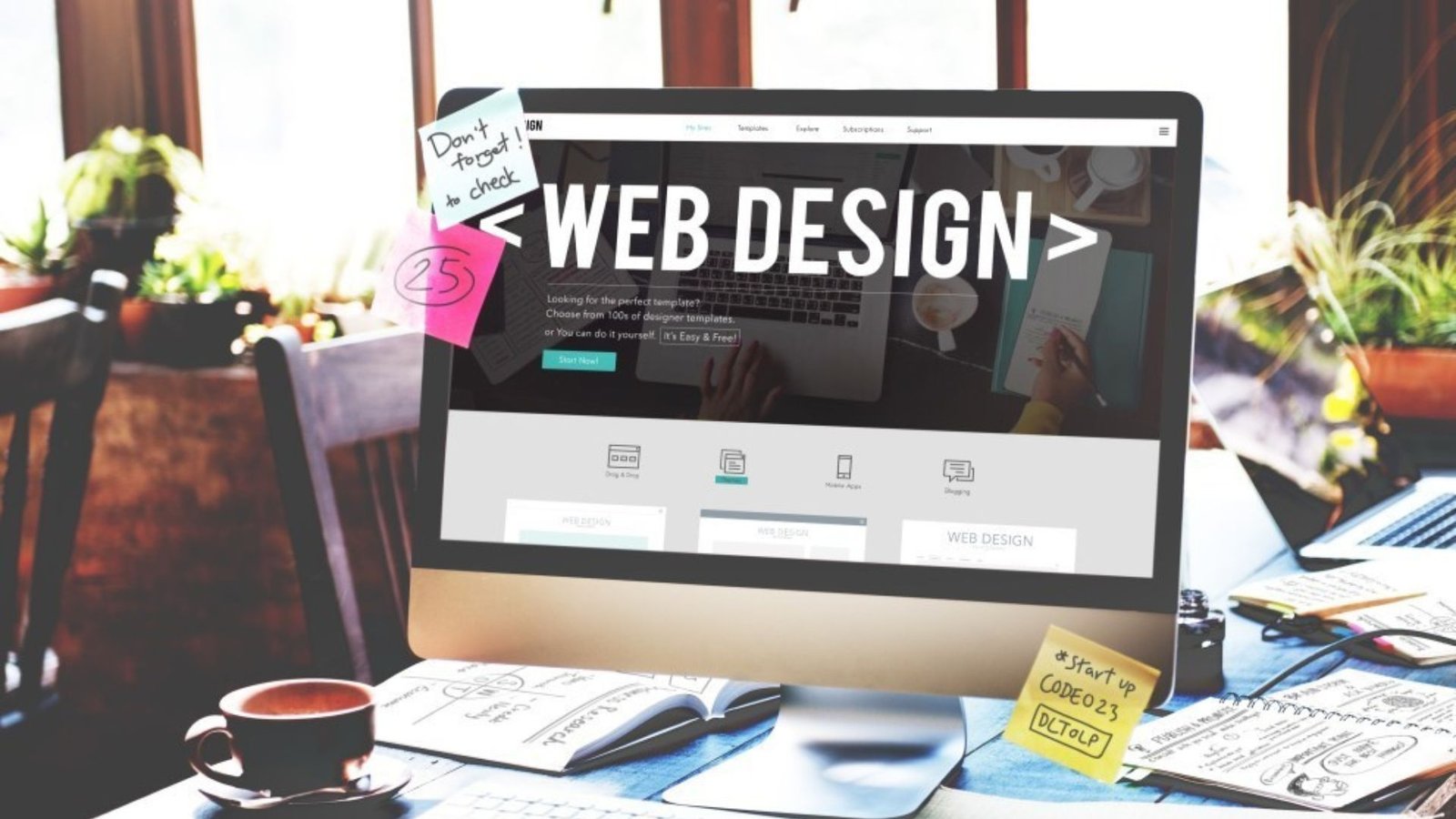Tools Every Web Designer Should Know
- By -Daisy
- Posted on
- Posted in Web Designing
In today’s fast-paced digital world, web designers have access to a wide range of tools that can make their work more efficient and creative. Whether you’re designing a website from scratch, improving an existing design, or collaborating with a team, the right tools can make a significant difference in your productivity, creativity, and the quality of your designs. In this article, we’ll explore the essential tools that every web designer should know. From graphic design software to front-end development frameworks, these tools can help streamline your workflow and enhance your web design process.

Adobe Photoshop
Why It’s Essential:
Adobe Photoshop is one of the most powerful graphic design tools in the industry. Known for its versatility and vast range of features, Photoshop allows designers to create everything from detailed graphics and logos to website mockups and user interface (UI) elements.
Features:
- Advanced image editing and manipulation
- Layers, filters, and blending modes for intricate designs
- Easy-to-use templates for web elements
- Tools for designing responsive layouts
Best For:
- Graphic design and image editing
- Website mockups
- Creating visual elements like banners, buttons, and icons
Sketch
Why It’s Essential:
Sketch is a vector-based design tool that has become a favorite among web and mobile UI designers. It is focused on creating high-fidelity interfaces and user experiences, making it perfect for designing responsive websites and mobile apps.
Features:
- Intuitive, easy-to-learn interface
- Built-in grid systems for responsive design
- Symbols and reusable components to create consistent UI
- Integrated with various plugins for added functionality
Best For:
- UI/UX design
- Prototyping and wireframing
- Mobile and web app design
Figma
Why It’s Essential:
Figma is a browser-based design tool that allows real-time collaboration, making it ideal for remote teams. It combines vector graphics, prototyping, and collaborative tools all in one platform, allowing designers to work together seamlessly.
Features:
- Cloud-based for easy access and collaboration
- Real-time collaboration and commenting
- Powerful vector editing tools
- Easy handoff to developers with CSS code snippets
Best For:
- Collaborative design projects
- UI/UX design and prototyping
- Prototyping and wireframing
Adobe XD
Why It’s Essential:
Adobe XD is a powerful tool for designing and prototyping websites and apps. It combines design, prototyping, and sharing in a single platform, making it easy to create interactive prototypes and test user flows before development.
Features:
- Design and prototype in one platform
- Responsive resizing for different screen sizes
- Auto-animate for creating interactive prototypes
- Easy sharing and collaboration options
Best For:
- UI/UX design and wireframing
- Interactive prototyping
- Design handoff to developers
InVision
Why It’s Essential:
InVision is a cloud-based design and prototyping tool used to create interactive prototypes and collaborate with team members and clients. It’s especially useful for creating high-fidelity prototypes that look and feel like a finished product.
Features:
- Interactive prototypes with transitions and animations
- Collaboration tools for feedback and comments
- Sync designs from Sketch or Photoshop
- Integrates with other design tools like Slack and Trello
Best For:
- Prototyping and user testing
- Client presentations and collaboration
- Handoff between design and development teams
Webflow
Why It’s Essential:
Webflow is an all-in-one web design tool that allows you to design, build, and launch responsive websites without needing to write a single line of code. It’s ideal for designers who want to bring their designs to life quickly.
Features:
- Visual drag-and-drop design interface
- Ability to create responsive websites
- Automatic code generation (HTML, CSS, JavaScript)
- Hosting and content management options
Best For:
- No-code web design
- Building responsive websites and landing pages
- Prototyping and design-to-development handoff
Technology Solutions and Online Entertainment
Xenexbd.com offers technology and software solutions. For those looking for alternative online experiences, explore more at www.wolfwinner.fun. Discover a new world of online fun.
Technology Solutions and Digital Trends
As technology continues to shape digital experiences, many users also explore data-driven sports platforms alongside tech resources. Sites like https://www.cansportsbetting.ca/nfl/ reflect how analytics and real-time updates are transforming the way fans engage with major leagues. It is yet another example of innovation meeting entertainment.
Conclusion
The tools you use can make a big difference in your workflow, creativity, and productivity as a web designer. Whether you’re working on high-fidelity UI designs, developing a website, or collaborating with a team, having the right tools at your disposal can make the process more efficient and enjoyable. By mastering these essential web design tools, you’ll be able to create stunning, user-friendly websites and applications that meet the needs of your clients and users.



